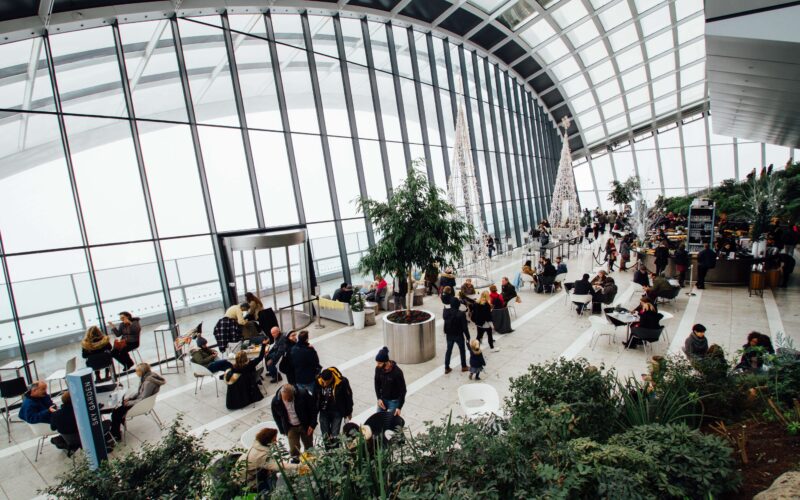It is no secret that the pandemic forced all market players to reconsider their safety measures in an effort to return the operational efficiency to pre-crisis levels. The adoption of new health protection technologies and regulations could be a solution to tackle the issue of decreased airline flight demand. On the flip side, it uncovers a whole slew of opportunities for companies producing safety equipment.
The current safety issues at airports include the fact that most of the registration procedures, including hand luggage check, pat-down and baggage check-in are executed through direct physical contact. Speaking of solutions, what could reduce the possibility of people getting close to each other?
Airports in India, for instance, have installed proximity enabled kiosks to prevent any physical contact with the screen of the gadget. Other measures include the promotion of online check-in, opting in for facial recognition rather than fingerprints, and the use of thermal cameras for passenger temperature screening.
When looking at particularly health-oriented technology, using UV lamps at screening checkpoints may be the newest solution for fast and reliable disinfection. Implementation of automated UV lamps around tray collection and distribution areas would cut down operating costs for airports, which would lead towards the way to cheaper service fees for airlines.
Additionally, the industry is expected to see a new digital category of technology support. On August 20, 2020, Airports Council International introduced an app, which is primarily focused on providing passengers with information on health protection measures at a selected airport. Applications like the one from ACI are aimed at reducing confusion and preparing passengers to arrive with required safety precautions.
Enzo Zangrilli, an owner of 1Aviation Consulting Services, and a regular speaker at AIR Convention events assumes that most of the new safety measures at airports will slower boarding processes ultimately resulting in slower turn around and fewer aircraft rotations per day and per year. This, in turn, will trigger traffic volumes drop, instead offering a guarantee of some form of resuscitation of the industry.
Hear more opinions about airport safety at AIR Convention Digital Week 2.0 on September 14th-17th, 2020. The regular pass is free, but registration is required.

